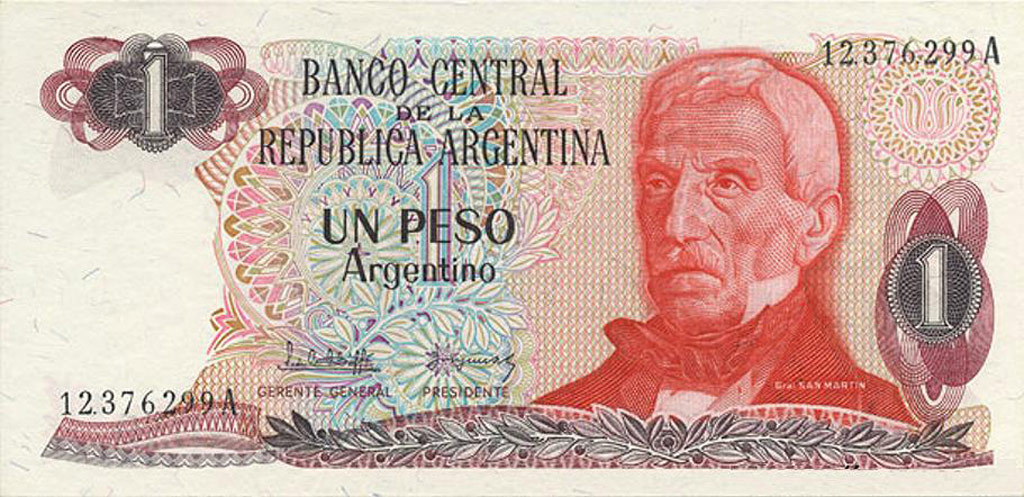 BUENOS AIRES: Argentina’s peso was 0.65 percent weaker at 24.45 per US dollar on Thursday and the central bank offered to intervene in the spot market, traders said, a day after President Mauricio Macri promised to quicken the pace of deficit reduction.
BUENOS AIRES: Argentina’s peso was 0.65 percent weaker at 24.45 per US dollar on Thursday and the central bank offered to intervene in the spot market, traders said, a day after President Mauricio Macri promised to quicken the pace of deficit reduction.
The central bank offered to sell $5 billion of its reserves at 25 pesos per greenback. Chief monetary policymaker Federico Sturzenegger drew the line at that level on Wednesday when he said a peso at 25 per dollar would be “out of scale.”
The Merval stock index opened 0.4 percent higher, bringing its gains to 20 percent over the last seven sessions.
Macri said late on Wednesday that recent turbulence in the foreign exchange market, which had pushed Argentina’s currency down to record lows, was over. He vowed to double down on his effort to reduce Argentina’s fiscal deficit.
It was the latest move by Macri, elected in 2015 on a pro-investment platform, to regain market confidence after weeks of volatility sparked by a new tax on foreign investors, and the country’s weak economic fundamentals including high inflation.
Last week, he requested a “high access stand-by arrangement” from the International Monetary Fund. The deal may include tough limits on government spending after Macri’s gradualist approach to fiscal reform failed to halt the peso’s slide. He vowed to accelerate the pace of fiscal belt tightening.
“The world decided that the speed with which we had committed to reduce the fiscal deficit was not enough in terms of guaranteeing that we are going to do it with the seriousness and depth that is needed. That’s why we have to accelerate,” Macri told reporters late on Wednesday.
Earlier this month, his administration lowered its 2018 fiscal deficit goal to 2.7 percent of gross domestic product from 3.2 percent previously. Consumer prices in April rose 2.7 percent, bringing 12-month inflation to a dizzying 25.5 percent.
But the government and central bank have stood by Argentina’s 2018 inflation target of 15 percent, which many private analysts call unrealistic. The government has said it considers its macroeconomic targets to be goals rather than forecasts.
Wednesday was the first trading session since May 9 that the bank did not sell reserves to prop up the peso. The currency had weakened by 15.44 percent as of Wednesday’s close, despite the monetary authority having spent billions of dollars on foreign exchange interventions.
Source: Brecorder




























